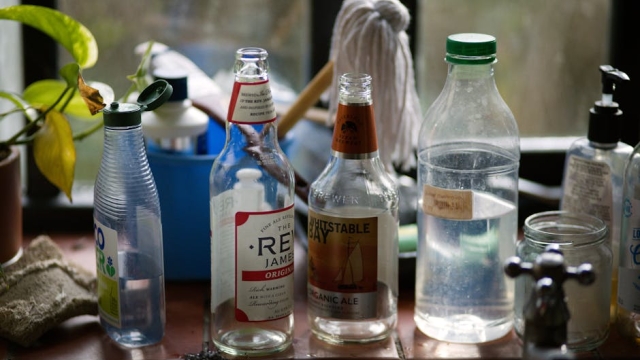Overview of Green Plumbing Technologies

In an era where sustainability is becoming increasingly crucial, the plumbing industry is also evolving to adopt practices that are both environmentally friendly and resource-efficient. The concept of green plumbing technologies encompasses various innovative solutions designed to reduce water consumption, minimize waste, and lower the environmental impact of plumbing systems. By integrating these eco-friendly plumbing solutions, homeowners and businesses alike can contribute to a healthier planet while benefiting from cost savings and improved efficiency.
Overview of Green Plumbing Technologies
Green plumbing technologies refer to a range of practices and products aimed at optimizing water use and reducing energy consumption. These technologies focus on conserving natural resources, improving water quality, and promoting sustainability within plumbing systems. From low-flow fixtures to advanced rainwater harvesting systems, green plumbing solutions are designed to meet the needs of modern infrastructure while preserving the environment.
Low-Flow Fixtures
One of the most effective green plumbing technologies is the use of low-flow fixtures. These include faucets, showerheads, and toilets that are engineered to use significantly less water without compromising performance. Low-flow toilets, for instance, can drastically reduce water usage per flush, while low-flow showerheads can maintain a satisfying shower experience with less water. By installing these fixtures, households and businesses can reduce their water bills while conserving a precious resource.
Rainwater Harvesting Systems
Another innovative solution in the realm of green plumbing is the implementation of rainwater harvesting systems. These systems capture and store rainwater from rooftops, which can then be used for non-potable purposes, such as irrigation, toilet flushing, and washing. By utilizing rainwater, property owners can decrease their reliance on municipal water supplies, making their plumbing systems more sustainable. Furthermore, rainwater harvesting can help reduce stormwater runoff, mitigating flooding and pollution in local waterways.
Greywater Recycling
Greywater recycling is another valuable practice within green plumbing technologies. This involves collecting wastewater from sinks, showers, and laundry, treating it, and then reusing it for irrigation or toilet flushing. By recycling greywater, individuals and businesses can significantly reduce their overall water consumption. This practice not only conserves fresh water but also reduces the amount of wastewater that needs to be treated and processed by municipal systems.
Benefits of Implementing Eco-Friendly Plumbing Solutions
The advantages of adopting green plumbing technologies extend beyond environmental impact. Homeowners and businesses can enjoy considerable financial savings through reduced water bills and lower energy costs associated with water heating. Moreover, many eco-friendly plumbing solutions can enhance the overall comfort and convenience of a property. For instance, modern low-flow fixtures are designed to provide optimal performance, ensuring that users do not sacrifice quality for sustainability.
Additionally, implementing these technologies can increase property value. Eco-conscious buyers are often willing to pay a premium for homes and businesses equipped with sustainable features. Thus, investing in green plumbing solutions can yield long-term financial benefits while contributing positively to the environment.
Practical Tips for Adoption
For homeowners and businesses looking to incorporate green plumbing technologies, several practical steps can be taken. Start by evaluating existing plumbing systems to identify areas where water usage can be reduced. Consider replacing traditional fixtures with low-flow alternatives, and explore the feasibility of installing rainwater harvesting and greywater recycling systems.
Regular maintenance of plumbing systems is also essential to ensure efficiency. Leaks and inefficiencies can lead to significant water waste, so addressing these issues promptly can enhance the overall sustainability of a plumbing system. Consulting with professionals familiar with eco-friendly solutions can provide valuable insights and assistance in transitioning to greener practices.
Conclusion
As the demand for sustainable living continues to grow, the importance of green plumbing technologies cannot be overstated. By embracing eco-friendly plumbing solutions, individuals and businesses can play a pivotal role in conserving water and protecting the environment. Whether through low-flow fixtures, rainwater harvesting systems, or greywater recycling, there are numerous avenues for making plumbing systems more sustainable. For those interested in learning more about these technologies and how to implement them effectively, resources are available to guide the way. Consider green plumbing options for your next renovation or construction project, and take a step toward a more sustainable future.
For more information on green plumbing technologies, visit Pipedoc.
